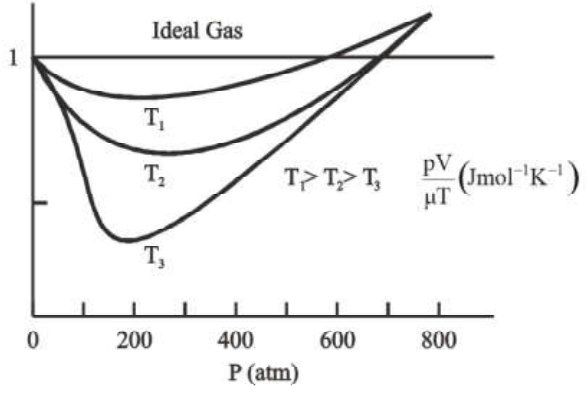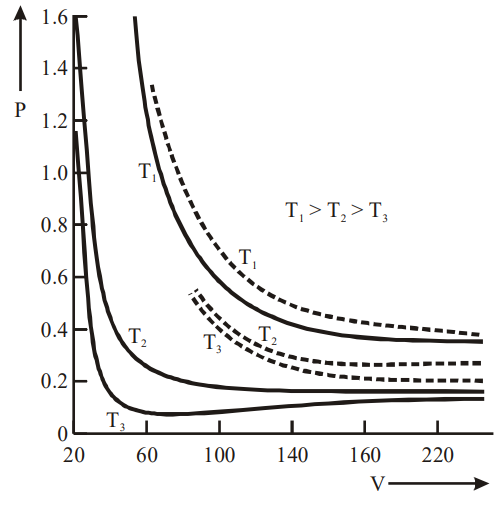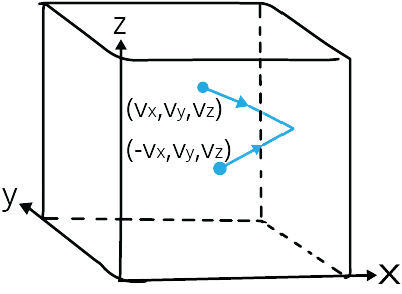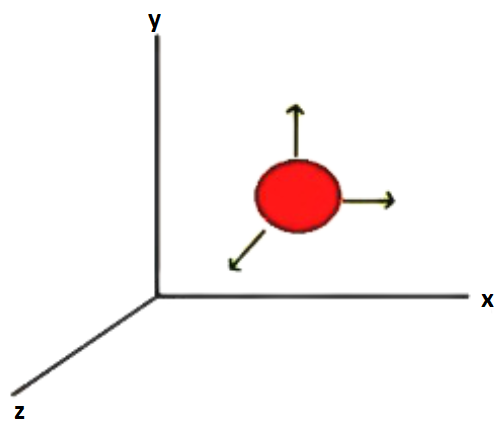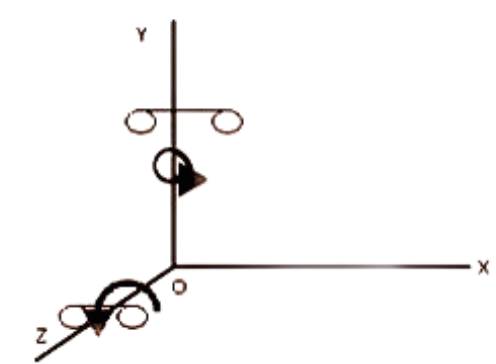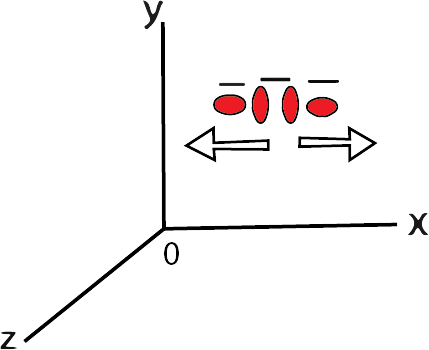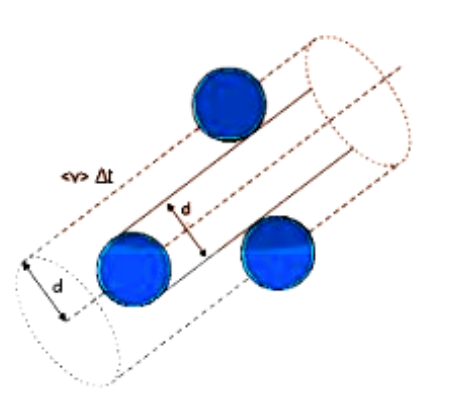CBSE Chapter 12 Kinetic Theory Class 11 Physics Notes: FREE PDF Download
FAQs on Kinetic Theory Class 11 Notes: CBSE Physics Chapter 12
1. State the 3 Main Components of the Kinetic Theory of Gas?
The three main components of the kinetic theory of gas are given below.
There is no gain or loss of energy when the gas molecules collide.
The molecules of gas occupy very negligible space in a container.
The molecules of gas always possess linear motion.
2. Mention Two Postulates of the Kinetic Theory of Gases?
These are some postulates of the kinetic theory of gases.
At normal temperature and pressure, there is no force of attraction between molecules of gas.
The collision can be perfectly elastic when the molecules are in a state of free movement.
3. What Are the Assumptions of the Kinetic Theory of Gases? Give Two Assumptions at Least?
Here are some of the assumptions of the kinetic theory of gases:
The molecules of the gas in a container are moving randomly with constant and persistent manners.
Gases can come to a steady state within some time. The distribution as well as density of the gas molecules are independent of position, distance, and time.
4. What is the Importance of the Class 11 Exam?
The Class 11 marks do not make any kind of impact on the JEE exam. Students must realize that their score in class 11 can bring them more advantages. For a successful career, they also require class 12 marks. Both classes 11 and 12 are important for higher studies.
5. What properties should a gas possess to be called an ideal gas?
The following properties should be possessed by a gas to become an ideal gas:
The motion of the gas molecules should be random. These molecules travel in a straight path until they collide with the wall of the container or any other particle.
There should be an elastic collision between the molecules and the motion should be frictionless so that they do not like energy.
The volume of gas is more than the individual volume of a gas particle.
No intermolecular forces act between the surroundings and the molecules.
6. Write some characteristics of a real gas?
Some characteristics of a real gas are:
Liquification of the real gas is possible as it has the property of an intermolecular force of attraction.
The thermal expansion coefficient is dependent on the nature of the gas molecule.
The compressibility coefficient depends on the nature of the gas.
There is a temperature change when real gases pass through pores from higher pressure to lower pressure within the insulated enclosure.
There is a drop in temperature when molecules use kinetic energy to reduce the intermolecular force of attraction.
7. What are the different gas laws discussed in Chapter 12 of Class 11 Physics?
Avogadro's Law – According to this law, the amount of gas is directly proportional to the volume at constant pressure.
Boyle's Law – This law states that at a constant temperature, the pressure becomes larger when the volume of the container is smaller. But there is no change in the kinetic energy.
Charles's Law – This law of ideal gas states that the temperature is directly proportional to the volume given that the pressure is constant.
Click on the given Class 11 Physics Chapter 12 Revision to understand these laws in detail.
8. How to download the revision notes of Chapter 12 of Class 11 Physics?
The following steps can help download the revision notes of Chapter 12 of Class 11:
Click on the given link CBSE Class 11 Physics Chapter 12
The link will take you to the website of Vedantu.
There on the page of Vedantu, you will find the notes from Chapter 12 of Class 11 Physics. You will be able to see that on the top of the website of Vedantu, there is an option to “Download PDF”.
Click on the option.
Chapter 12 of Class 11 Physics notes will be downloaded in PDF format.
9. How to prepare Chapter 12 Class 11 Physics?
To prepare for Chapter 12 Kinetic Theory Class 11 Physics, follow the given tips.
Pay attention when the chapter and its important concepts are being taught in the classroom.
Attend all lectures daily.
Try to revise the concepts on the same day at your home after attending lectures.
Practice numerous questions related to the concepts. This will help you to comprehend things effortlessly and you can store them for a long time.
Make notes of the chapter to do revision during the exam time.
If you want to understand these concepts more accurately and to make detailed notes, then go through the given link CBSE Class 11 Physics Chapter 12 .This link will redirect you to the official website of Vedantu where you can access the content related to Chapter 12 for FREE. Additionally, you can also download its PDF if you want to study offline.
10. What topics are covered in Kinetic Theory Class 11 Notes?
The notes cover important topics like molecular motion, gas laws (Boyle’s law, Charles’s law, and Avogadro’s law), the relationship between pressure and temperature, and the kinetic energy of gases.
11. How do Kinetic Theory Class 11 Notes help with exam preparation?
The notes simplify complex concepts, provide important formulas, and include solved examples, making it easier for students to revise and prepare for exams effectively.
12. How can I access the Kinetic Theory Class 11 notes PDF download?
To access the Kinetic Theory Class 11 notes PDF download, you can visit the Vedantu website for available downloads.
13. What are the benefits of using the Kinetic Theory Class 11 notes PDF download for studying?
Using the Kinetic Theory Class 11 notes PDF download helps in reviewing key concepts efficiently, understanding the fundamentals of the Kinetic Theory, and preparing effectively for exams with structured notes and examples.
























